8 useful features in ERP procurement modules
Without procurement, all manufacturers come to a halt. Despite this reliance, ERP procurement functionality is rarely discussed and often overlooked in favor of the “bells and whistles” touted by many ERP vendors.
1. Purchase orders
This document is the core of procurement. It is a request to deliver something within a time constraint. This should be common to every ERP system. Every ERP purchase order is broken down to include a PO Line, each line refers to a single specific item and releases where multiple delivery dates can be specified.
GET ERP RESEARCH & KNOWLEDGE RIGHT TO YOUR INBOX
Covering the key issues faced by businesses selecting and implementing ERP.
2. Credit card support
Often procurement is completed without a purchase order. Credit card payment is quick and easy and avoids the necessity of establishing credit between the parties for a single purchase. ERP manages these transactions directly through financial processes where the general ledger account is posted without a purchase order receipt. Some can even process the payment clearing through integrations with payment processors.
Guide: 70 features to look for in your next ERP
3. Contract management
The importance of contract management within an ERP procurement module comes down to ERP’s role as the financial hub of the business. With accounts payable and receivable integrated with contract management, missed deadlines or milestones should be a thing of the past.
4. Supplier database
ERP should have databases to record the suppliers and vendors from whom purchases of materials and services are procured. The databases will have name and addresses, the commodities the supplier can provide, tax identification data, and a related database with contacts.
5. Sourcing queries
The databases mentioned above can be queried during sourcing. Sourcing may take place from an existing supplier or an additional supplier that will be added to the ERP. Some supplier records are added to ERP but are not necessarily ever used for procurement as another was selected; this is where a database query can help you identify suppliers which meet requirements from the past, present and future.
6. Second sourcing
Many businesses feel it is good practice to have more than one source for a product or service. Often this is simply insurance against the unexpected. Some feel the practice keeps the primary supplier “honest”. Other people feel an excellent relationship and full communication with a single supplier is a better practice. ERP procurement modules should allow the assignment of second sources to each supplier. Alternatively, ERP can suggest second sources automatically based on supplier cost, location and more.
7. Supplier audits
Procurement includes supplier audits and ERP should support quality assurance at the same time it supports procurement. We can expect quality assurance to be used by the supplier and performance verification will ensure something is made or supplied in the way we want. An audit, generated by ERP, from purchasing, engineering, and quality personnel can verify our expectations are met.
8. Supplier Relationship Management
Within ERP, this provides a place to record communications between a supplier and the business and the person(s) involved. SRM will also provide a place to record audits and findings. If any corrective actions are the result of an audit, those are tracked within SRM.
Free white paper
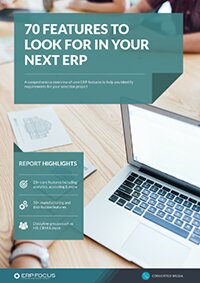
70 features to look for in your next ERP
A comprehensive guide to help you identify requirements for your ERP selection
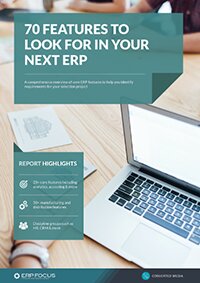
Featured white papers
-
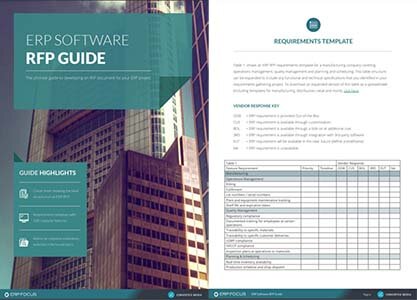
ERP Software RFP Guide & Template
The comprehensive guide to developing an RFP document for your ERP project
Download -

70 features to look for in your next ERP
A comprehensive guide to help you identify requirements for your ERP selection
Download -
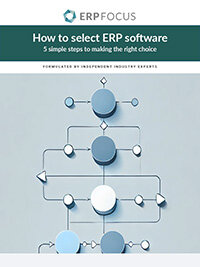
How to Select ERP
Learn to select your ERP in 5 easy steps by following our expert's advice
Download
Related articles
-
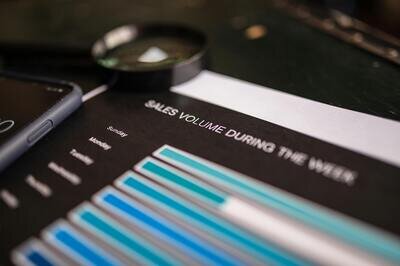
Top benefits of ERP inventory management
How an ERP helps inventory management including four key advatages
-

Secret KPI: Why Your ERP Implementation Team Matters More Than Software
Learn how Godlan ensures successful ERP implementation for manufacturers with proven strategies &...
-

How to conduct a thorough ERP audit
The types of ERP audit, and step-by-step instructions on how to audit your ERP system

